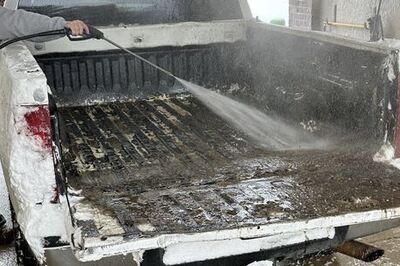
views
BANGALORE: With the civic authorities making it mandatory to implement rain water harvesting measures across the city, the Bangalore Metro Rail Corporation (BMRCL) has chosen to lead by example. While Reach 1 of Namma Metro will be up and running by September, simultaneously, BMRCL has started work on rain water harvesting for Reach 1 and is expected to complete it by February 2012.Working DesignA visit to the site showed that the design for rain water harvesting in the metro, provided by S Vishwanath, Advisor, Rainwater Club is already working. The design, primarily, has three components: a ground water recharge well, constructed between two piers, with two storage tanks on either side of the well. The piers have an inbuilt facility that channelises the rain water into the storage tanks. Water from the storage tanks, which have a storage capacity of about 3,500 litres, enters the recharge well which is about 6 metres deep.Between Piers 167 and 169, there is a working example of this design. Nagaraj, Assistant Engineer, Namma Metro, opened the recharge well to show the effectiveness of the design.With heavy rains lashing the city in the past week, the storage tanks on either side of the recharge well were full.But when the recharge well was opened, it was found to be dry. This, the Assistant Engineer explained was because the water was entirely being absorbed to recharge ground water in the area.S Vishwanath estimates that this project could meet the additional water demand in the city. He explains that the water collected in the 10 metre wide rail track, if percolated to the ground, as per the rain water harvesting design, could help in supplying around 100 litres a day to about 13,000 people in the city.Namma Metro is also going to use rain water for landscaping (gardening) between piers. The area that is going to be used for landscaping is the same as the distance between the piers which is between 25 to 31 metres. This design is being implemented in alternate spans. A span is the distance between two piers. The rain water harvesting project for Reach 1 will cover 180 spans.ChallengesInitiated by N Sivasailam, Managing Director of Namma Metro, this project costs about Rs 1.75 lakh for Reach 1.One of the concerns is the implementation of the project.“It is more of an institutional issue where such designs are integrated into the budget,” says Avinash, Rainwater Club. Also, the lack of a timeline is another issue.Since the metro route is along major traffic routes in the city, implementing the design will be time consuming as other factors like traffic diversions is likely to delay the project work.
















Comments
0 comment